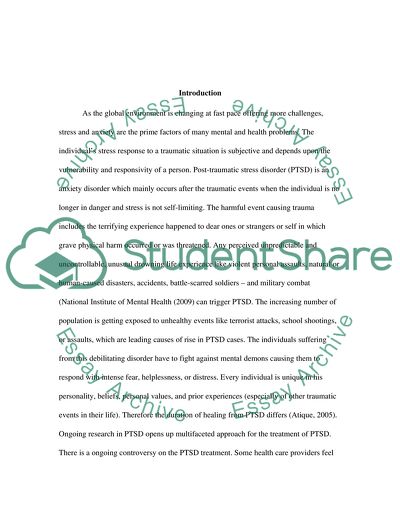Cite this document
(“Medication vs Psychotherapy in Post-traumatic Stress Disorder Research Paper”, n.d.)
Medication vs Psychotherapy in Post-traumatic Stress Disorder Research Paper. Retrieved from https://studentshare.org/psychology/1726438-medication-vs-psychotherapy-in-ptsd-disorder
Medication vs Psychotherapy in Post-traumatic Stress Disorder Research Paper. Retrieved from https://studentshare.org/psychology/1726438-medication-vs-psychotherapy-in-ptsd-disorder
(Medication Vs Psychotherapy in Post-Traumatic Stress Disorder Research Paper)
Medication Vs Psychotherapy in Post-Traumatic Stress Disorder Research Paper. https://studentshare.org/psychology/1726438-medication-vs-psychotherapy-in-ptsd-disorder.
Medication Vs Psychotherapy in Post-Traumatic Stress Disorder Research Paper. https://studentshare.org/psychology/1726438-medication-vs-psychotherapy-in-ptsd-disorder.
“Medication Vs Psychotherapy in Post-Traumatic Stress Disorder Research Paper”, n.d. https://studentshare.org/psychology/1726438-medication-vs-psychotherapy-in-ptsd-disorder.


